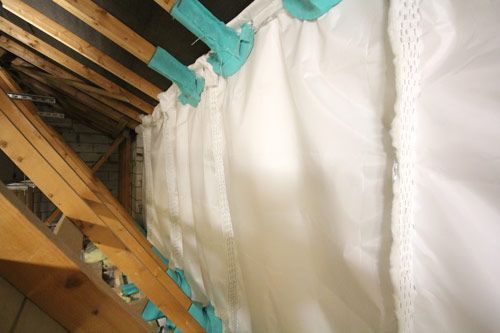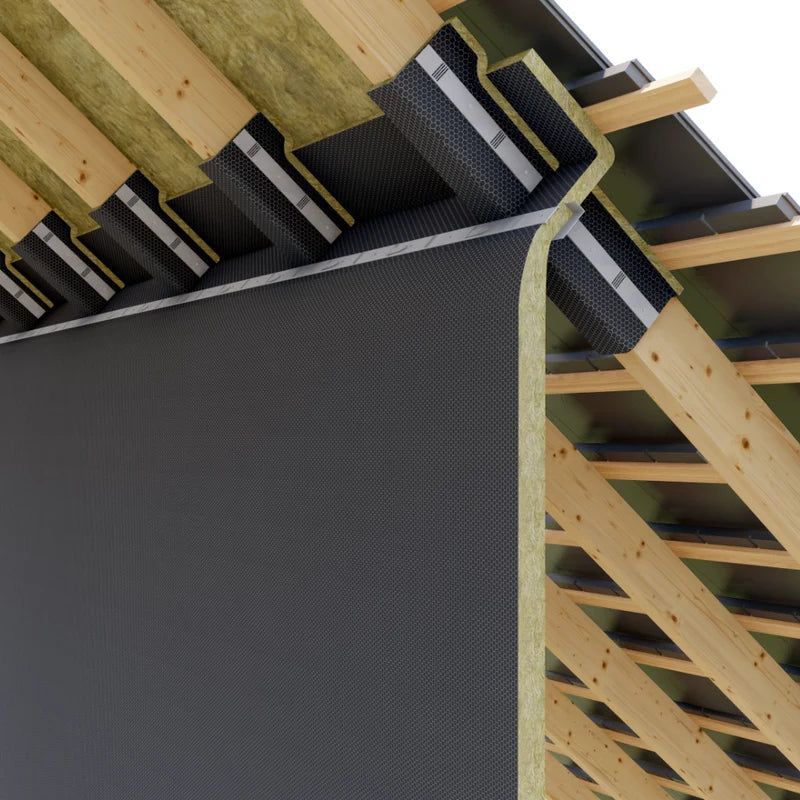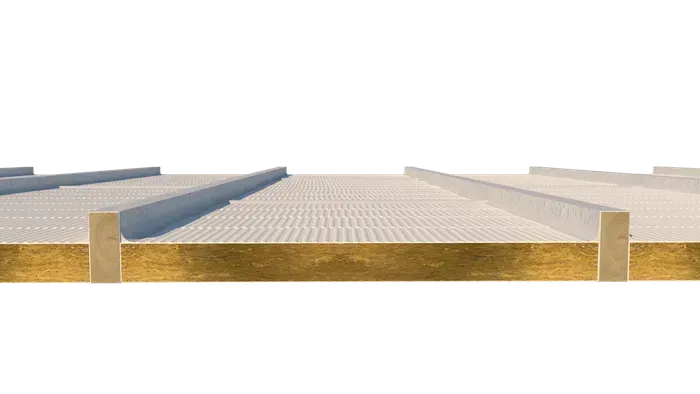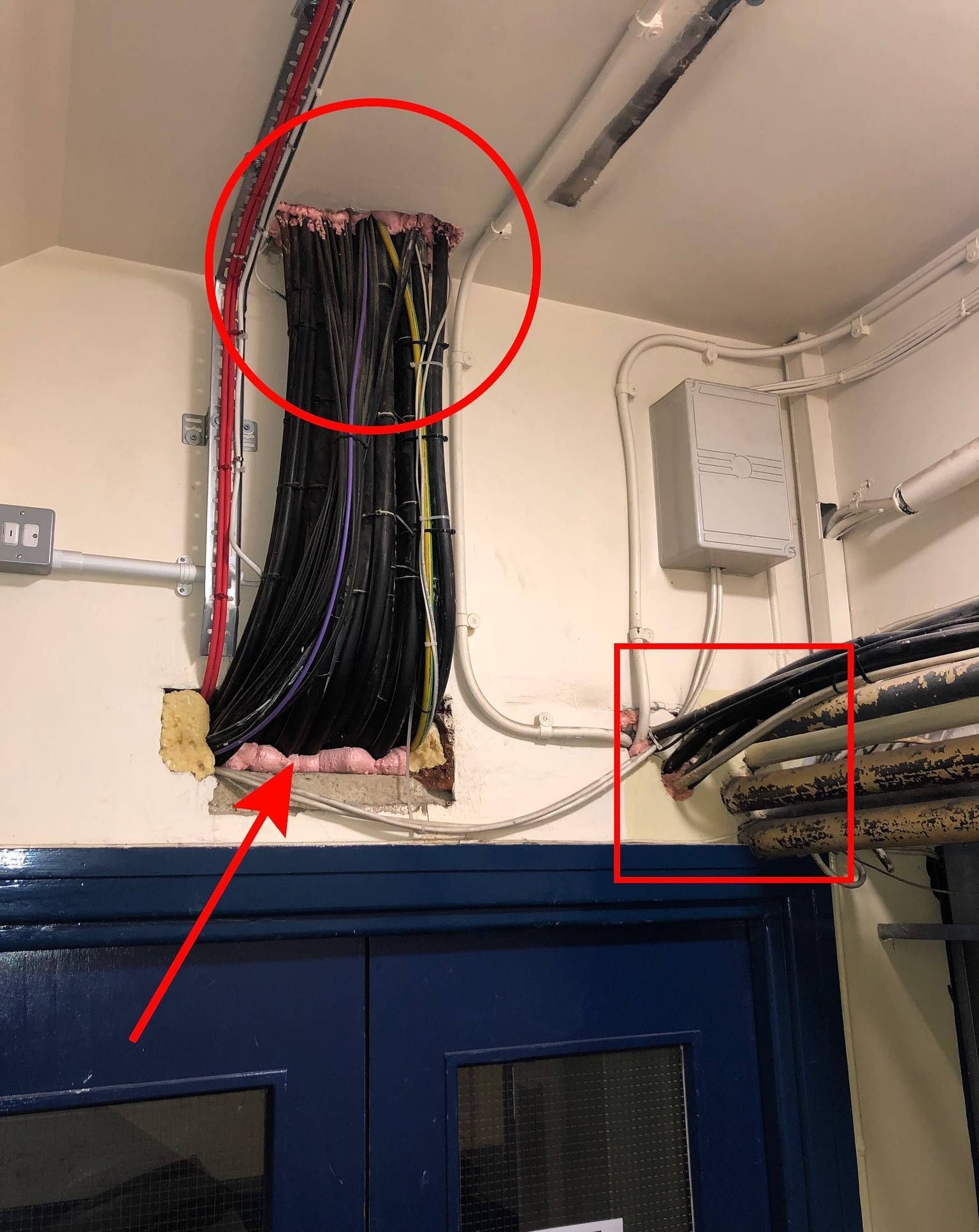Loft Compartmentation
&
Fire Protection
Verus Group are experts in fire stopping within loft areas of any age and size. Whether defects have been noted within an FRA or Survey, we have the skills and expertise to help you put it right.
Protecting buildings from the spread of fire
Firestopping in loft areas, particularly where compartment lines exist, is a critical aspect of ensuring effective fire resistance and containment within buildings, as outlined in Approved Document B of the UK Building Regulations.
Compartmentation is a fundamental principle of passive fire protection. It involves dividing a building into fire-resisting sections (compartments) to limit the spread of fire and smoke, providing valuable time for occupants to escape and for the fire to be brought under control. In multi-occupancy or multi-storey buildings, compartment walls are required to continue through concealed spaces such as loft voids to maintain this separation.
Key Requirements:
- Clause B3(4) of Approved Document B requires that any hidden voids, including roof spaces, do not undermine the compartmentation strategy.
- Section 9 (Concealed Spaces and Cavities) specifies that fire-resisting barriers (such as firestopping or cavity barriers) must be installed above compartment walls in lofts to ensure that fire and smoke do not bypass these critical boundaries.
- These barriers must be constructed to the same fire resistance standard as the compartment wall they are extending, typically 30 or 60 minutes, depending on the building type and use.
Importance:
- Maintains Compartment Integrity: Without firestopping, fire can spread unseen and rapidly through roof voids, bypassing walls meant to contain it.
- Protects Escape Routes: Effective firestopping in lofts helps preserve escape corridors and stairwells by slowing fire spread.
- Reduces Property Damage: By containing fire to its origin compartment, it limits structural damage and allows for faster, safer firefighting.
- Compliance and Legal Responsibility: Failure to correctly install firestopping is a breach of the Building Regulations and can result in enforcement action, including financial penalties or prosecution.
Common Issues:
- Gaps around service penetrations in the loft space.
- Missing or poorly installed cavity barriers at junctions between compartment walls and the roof structure.
- Incomplete extension of fire-resisting walls into the loft void.
Best Practice:
- Use tested and certified firestopping products.
- Ensure that all contractors understand the fire strategy and install barriers correctly.
- Carry out thorough inspections and documentation during and after installation.
VERUS GROUP IS INDEPENDENTLY ACCREDITED WITH BM TRADA TO install and certify FIRE STOPPING systems AND FIRE DOORS
A quick and professional solution
We understand that fire safety can sometimes be a sensitive topic and that discretion when conducting improvement or remedial works can be key.
Many landlords and responsible persons have discovered, following fire risk assessments or inspections, that previously employed service or building contractors have not carried out fire stopping to a sufficient standard upon completion of their works.
Where this is the case, we are ready to act quickly and professionally to ensure the client’s issues are rectified without delay in order to achieve the required protection and integrity.
Need new fire doors?
If your building requires brand new or upgraded fire doors, talk to our team today.
We take the hassle out of retrofitting fire stopping
If you need fire stopping to be retrofitted,
Call Verus Group today on 0330 220 0303 and we can arrange a free quote





